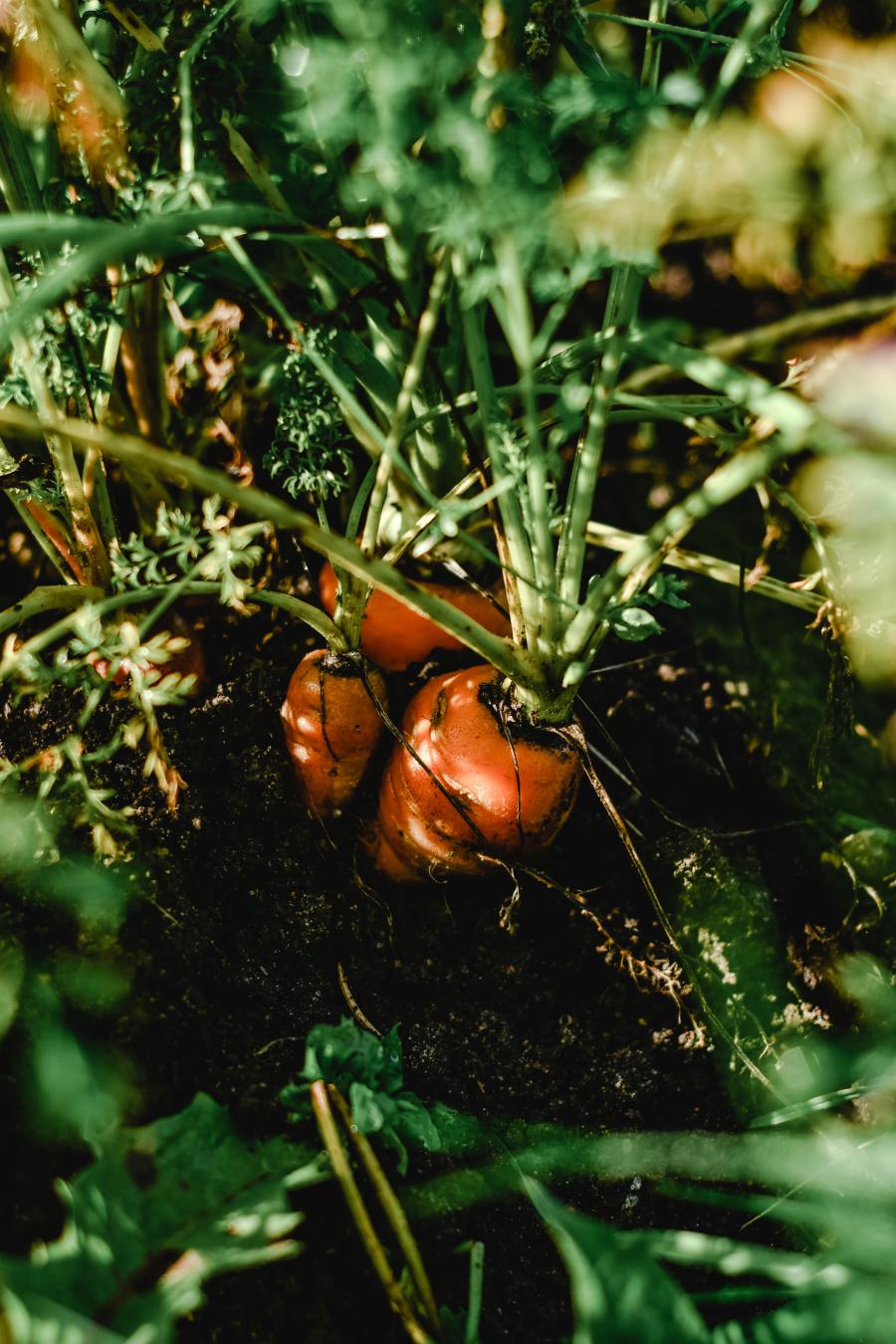New research shows that your backyard vegetable garden might contain lead
Lead poisoning is something to look out for when you live in a city with older buildings. Lead poising happens when people consume contaminated food or water or when people inhale lead particles at an industrial facility that burns lead. Lead is toxic and ingesting lead can damage the brain, nervous system, and kidneys.1 People are exposed to lead because lead was used in paint, pipes, and gasoline decades ago. While the use of lead has been scaled back, it can still be found on some properties. Scientists are now discovering that lead can show up in unexpected places. Today’s study shows that lead can sometimes show up in backyard soil. This can be a problem if you grow vegetables in your backyard.2
The researchers designed this study to see if vegetables grown in lead contaminated soil would also contain lead. First, the researchers identified a few households that had backyard vegetable gardens in a neighborhood in Milwaukee, Wisconsin. The researchers then took a soil from the vegetable gardens of the households that agreed to participate in the study. The households each had vegetable gardens near old houses or garages that were coated with lead paint. Soil was also taken from an old metal foundry that might be used for urban farming.
The researchers then planted several different types of vegetables in the soil that was taken from these residential vegetable gardens and metal foundry. The vegetables they grew were carrots, beetroots, turnips, radishes, tomatoes, potatoes, and peppers. They also grew another set of the same vegetables in packaged commercial soil for comparison. Lastly, the researchers also bought vegetables from a neighborhood grocery store. The study measured the levels of lead found in the soil and in the vegetables.
The good news was that the researchers did not find lead in the packaged soil or local grocery store vegetables. On the other hand, the soil from the residential vegetables gardens had high levels of lead in them. The soil from the metal foundry was also contaminated with lead, although not to the same extent as the residential gardens. When the researchers grew vegetables in the soil they collected, they also found lead in the vegetables. Luckily the researchers didn’t find lead in the vegetables grown in the packaged soil. All in all, these findings show vegetables grown in lead contaminated soil will also contain lead.
Another interesting finding was that different vegetables had different levels of lead even when grown in the same soil. Root vegetables like carrots had the highest levels of lead, while vegetables that grew above the ground like tomatoes had less lead. However, all the vegetables that were grown in the contaminated soil all still had lead in them. This research suggests that the safest way to grow vegetables in your backyard is to use packaged soil instead of the soil in your backyard. This will make sure your vegetables are safe to eat.
You can learn more about the dangers of lead exposure at the CDC and tips on how to protect your family from the EPA. The City of Bridgeport also has a Lead Poisoning Prevention Program.
Sources
- World Health Organization. Lead poisoning. Accessed August 7, 2023. https://www.who.int/news-room/fact-sheets/detail/lead-poisoning-and-hea…;
- BYERS HL, MCHENRY LJ, GRUNDL TJ. Increased risk for lead exposure in children through consumption of produce grown in urban soils. Sci Total Environ. 2020;743:140414. doi:10.1016/j.scitotenv.2020.140414

